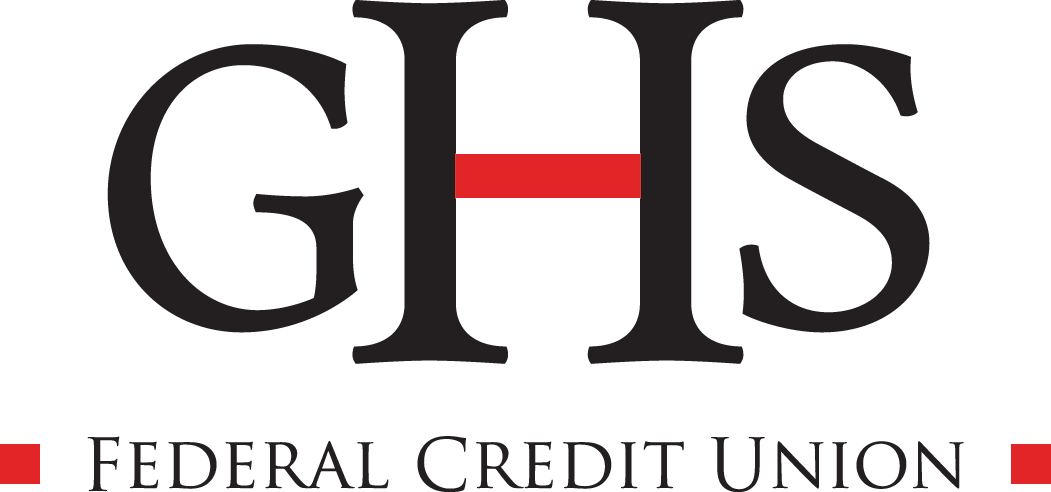Comparing Fixed vs. Adjustable Rate Mortgages
You know you want to buy a home and you know how much money you have available for your down payment. But how can you figure out what you'll have to pay each month for your dream house?
First, there's the principal, which is what you owe on the main part of your loan. But then there's the interest. This will lead you to compare a fixed vs. adjustable-rate mortgage.
Toward the beginning of your loan, you'll be paying far more each month on interest than your principal so it's important to understand the different types of interest on mortgages and get the best rates available.
Fixed-Rate Mortgages
A fixed interest rate means you'll pay the same percentage of interest on your loan throughout the entire term, no matter what happens to interest rates in the markets. You'll always know how much you have to pay each month.
But, here's the catch: this doesn't mean the dollar value of your interest payment stays the same every month.
Let's say you lock in an interest rate of 3% with your mortgage lender and borrow for a 30-year term. At the beginning of your loan, 3% of a $300,000 mortgage will be $9,000. But near the end of the term, 3% of the $50,000 you have left on your mortgage will be just $1,500.
This process of spreading out your total interest paid over time is called amortization.
Adjustable-Rate Mortgages (ARM)
If you have an adjustable-rate of interest on your mortgage, it means the percentage of interest you pay will go up and down with changes in the markets. The variable rate usually kicks in after a set period in which you get a fixed rate. For example, for the first two years of your loan.
Having an adjustable interest rate can be a good idea if rates are high when you're taking out your home loan and you're hoping they'll go down in the future.
Let's say your mortgage lender is offering you an adjustable interest rate, and market rates are currently 5%. Compared to the 3% example above, you'd be paying $15,000 vs. $9000 at the start of your loan and $2,500 vs. $1,500 at the end.
On the other hand, you may save money compared to a fixed-rate mortgage when interest rates go down and the interest you pay on your mortgage also goes down. Maybe then you could look into refinancing at the lower fixed rate — but beware of refi fees.
Loan Terms
When talking about loans, the term is the length of time you’re borrowing the money. Fixed-rate mortgages most often come with 15-year and 30-year terms, but you could negotiate another term with your lender if you like.
The term is important because it determines:
How long you have to keep paying your mortgage.
How much interest you'll pay over that time.
What your monthly payment will be.
You don't need to worry about paying your loan off in full before you sell. If you still hold a mortgage on your home when you're ready for a change, your lender will get the outstanding funds from the next buyer. You'll get the equity only, which is the value of your home minus the balance of your mortgage (and any other fees).
Interest Rates
A typical home loan interest rate will range from 2% at the low end to 5% at the high end.
Like the price of gas or bread, interest rates are affected by all the events that contribute to the global economy. These may include natural disasters, labor shortages, war, or political policies.
The basic idea behind economics is supply and demand. When it comes to mortgages, if there's more money floating around and fewer home buyers, then interest rates will likely go down. If there is less money and more buyers, then interest rates will likely go up.
If you got a fixed interest rate of 3% on a $300,000 loan, you'd pay a whopping $155,332.36 over the life of the loan. So interest rates really do matter.
Read More: Understanding Mortgage Interest Rates
Pros and Cons
It's a good idea to weigh up these advantages and disadvantages when trying to decide between a fixed vs. adjustable-rate mortgage.
Pros of a fixed interest rate:
You'll always know what you owe.
Your mortgage payment won't be affected by economic events.
Eventually, your payments will go more on your principal loan than interest.
Cons of a fixed interest rate:
You'll be stuck paying the same rate if interest rates fall.
When rates are high, qualifying is harder because payments will be higher.
Your rate may be higher than current adjustable rates because you're paying for the security of knowing your rates won't go up in the future.
Pros of an adjustable interest rate:
When interest rates go down, your monthly payment will be lower.
Your starting interest rate may be lower than for a fixed-rate loan because you're willing to take the gamble on higher rates in the future.
Your lender will likely offer you a low fixed rate for the first years of your loan as an incentive.
Cons of an adjustable interest rate:
If market interest rates go up, so will your monthly payment.
When you have to pay more interest, you'll be paying less on your principal.
Refinancing to a lower fixed rate can cost a lot in fees.
Fixed vs. Adjustable-Rate Mortgage: We’ve Got You Covered!
GHS Federal Credit Union offers both fixed- and adjustable-rate mortgages. We are ready to help you in any situation!
If you're thinking about applying for a mortgage and are still wondering what type of rate structure is best for you, be sure to reach out to your local credit union or bank for further advice or click below for more information.
